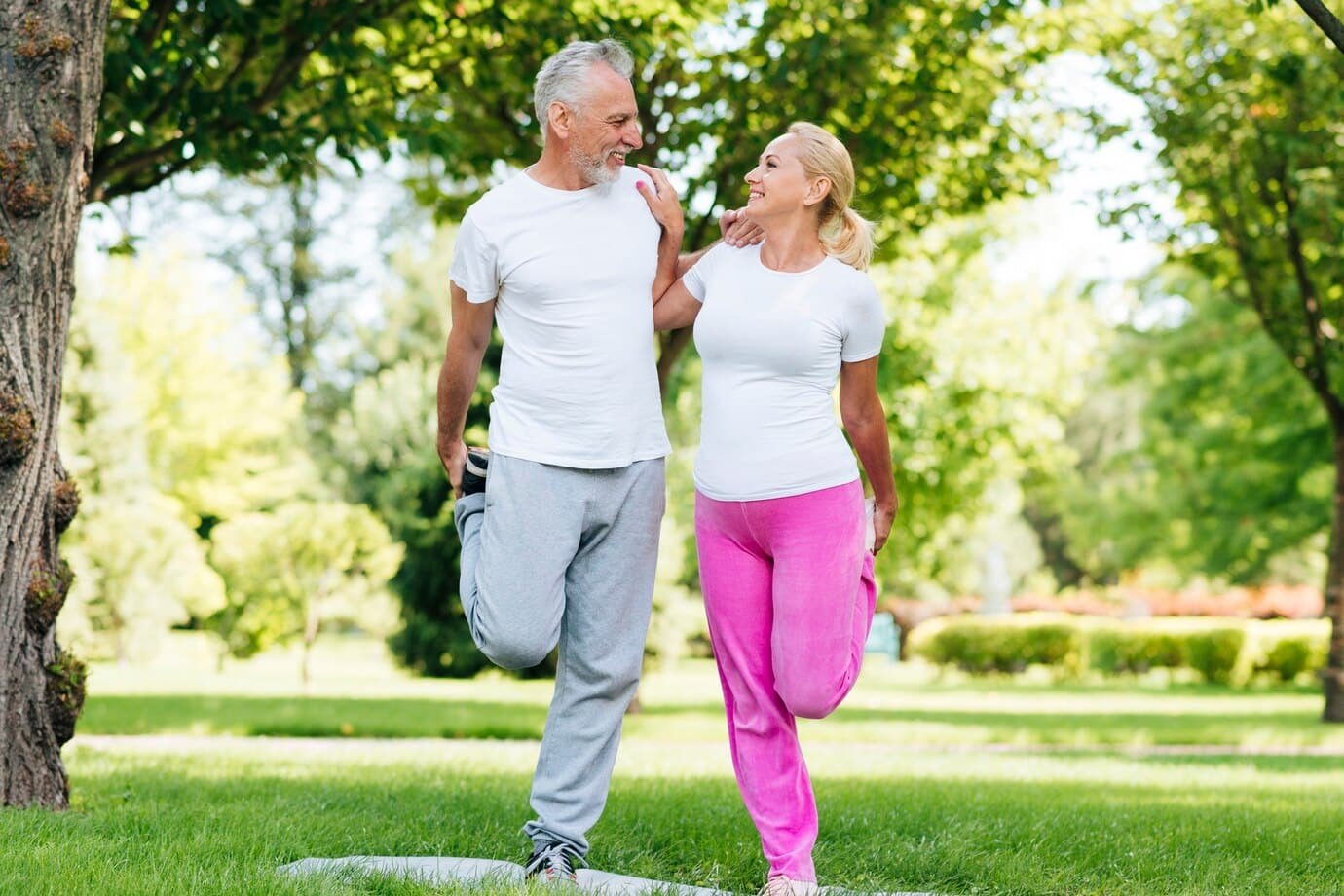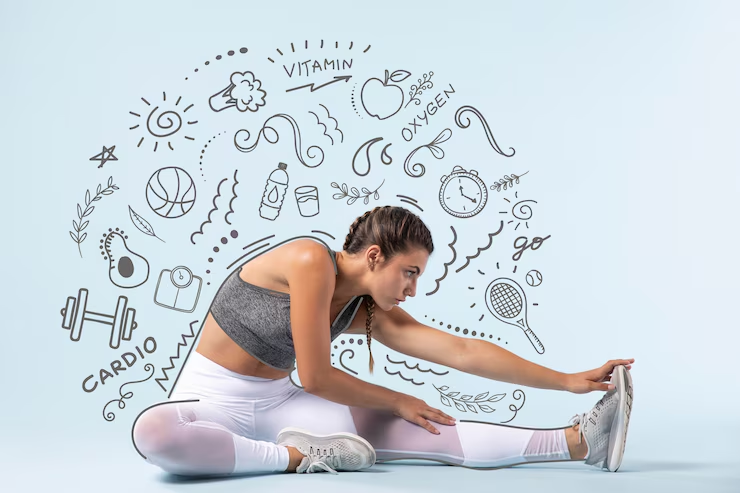Picture yourself as a senior, lacing up sneakers for a brisk walk in the park, feeling energized and strong. Exercise is a game-changer for older adults, boosting health and independence. But what happens when you push too hard? Overdoing it can lead to injuries, fatigue, or even serious health issues. With searches for “senior exercise safety” surging by 250% in recent years, it’s clear that finding the right exercise balance is a top concern. In this article, we’ll explore how much exercise is too much for seniors, the signs to watch for, and how to stay active safely. Let’s dive in to help you enjoy the benefits of exercise without going overboard!

Why Exercise Balance Matters for Seniors
Exercise is a lifeline for older adults, improving heart health, strength, and mood. The CDC recommends 150 minutes of moderate aerobic activity per week, plus muscle-strengthening exercises twice a week for those over 65. But pushing beyond your limits can backfire, especially as aging bodies need more recovery time. Overexercising can strain muscles, joints, or even your heart, particularly if you have conditions like arthritis or diabetes.
With “exercise for seniors” a top Google search, people want to stay active without risking harm. Knowing your limits is key to reaping the rewards while staying safe. Learn more about senior fitness basics.
Why It Matters: The right amount of exercise keeps you healthy; too much can set you back.
1. Understanding Overexercise Risks
Overexercising happens when you push your body beyond its capacity without enough rest. For seniors, this can lead to injuries like muscle strains, joint pain, or stress fractures. A 2023 study found that 20% of seniors who exercise intensely without proper recovery report injuries. Unlike younger adults, older bodies take longer to heal due to slower muscle repair and reduced joint flexibility.
Chronic conditions like heart disease or osteoporosis increase these risks. With “overexercise risks” searches up 200%, seniors are seeking guidance on safe limits. Explore safe exercise tips for seniors.
Why It Matters: Overdoing it can lead to injuries that derail your fitness goals and independence.
2. Signs You’re Exercising Too Much
How do you know if you’re overdoing it? Your body sends clear signals. Common signs include:
- Persistent Fatigue: Feeling exhausted even after rest, not just tired after a workout.
- Muscle or Joint Pain: Ongoing soreness that doesn’t ease with rest, unlike normal post-exercise aches.
- Poor Sleep: Trouble falling or staying asleep, as overexercise can raise stress hormones.
- Mood Changes: Irritability or anxiety, as overtraining can disrupt mental health.
- Frequent Illness: A weakened immune system from overexertion, leading to colds or infections.
With “exercise fatigue” searches rising, these symptoms are a wake-up call to slow down. Learn how to spot overexercise.
Why It Matters: Recognizing these signs helps you adjust before small issues become big problems.
3. Impact on Heart Health
Exercise is great for your heart, but too much can strain it, especially for seniors with heart conditions. Intense or prolonged workouts can raise blood pressure or cause irregular heartbeats. For example, overdoing high-intensity interval training (HIIT) without proper pacing can stress the heart, leading to palpitations or, in rare cases, heart events.
The American Heart Association warns that seniors with heart disease should avoid excessive cardio without medical guidance. With “heart health for seniors” searches up 220%, it’s clear heart safety is a priority. Always check with a doctor before ramping up intensity. Explore heart-safe exercises.
Why It Matters: Protecting your heart ensures you can stay active for years to come.
4. Joint and Muscle Overuse Injuries
Seniors are more prone to joint and muscle injuries due to age-related changes like reduced cartilage or slower recovery. Overexercising—say, running daily without rest days—can lead to conditions like tendonitis, bursitis, or stress fractures. For those with arthritis, pushing too hard can worsen joint pain, limiting mobility.
Studies show 30% of active seniors experience overuse injuries from lack of rest. With “arthritis exercise” searches climbing, seniors want to stay active without pain. Low-impact exercises like swimming or yoga are safer bets. Discover joint-friendly workouts.
Why It Matters: Overuse injuries can sideline you, so balance is key to staying mobile.
5. Mental and Emotional Strain
Exercise boosts mood, but too much can have the opposite effect. Overtraining raises cortisol levels, leading to stress, anxiety, or even burnout. Seniors might feel guilty for missing workouts or push through fatigue, which can sap the joy from exercise. A 2024 study found that 25% of overexercisers report increased irritability.
With “mental health for seniors” searches up 200%, mental well-being is crucial. Exercise should feel rewarding, not draining. If it’s stressing you out, it’s time to scale back. Learn about exercise and mental health.
Why It Matters: A balanced routine keeps exercise fun and supports emotional health.
6. Weakened Immune System
Moderate exercise strengthens immunity, but overdoing it can weaken it. Intense or prolonged workouts without enough recovery can lower your body’s defenses, making you more prone to colds or infections. Research shows overexercisers are 20% more likely to get sick due to immune suppression.
This is especially risky for seniors, whose immune systems are naturally less robust. With “immune health for seniors” searches rising, staying healthy is a priority. Rest days and proper nutrition are vital to avoid this trap. Explore immune-boosting tips.
Why It Matters: Overexercise can leave you vulnerable to illness, undoing health benefits.
7. Finding the Right Exercise Balance
So, how much is too much? It depends on your health, fitness level, and goals. The CDC’s guideline of 150 minutes of moderate aerobic activity (like brisk walking) and two strength sessions per week is a safe starting point for most seniors. But listen to your body—rest days are just as important as active ones.
Here’s how to find balance:
- Start Slow: Begin with 10-15 minutes of activity, like walking or stretching, and gradually increase.
- Mix It Up: Combine cardio (swimming), strength (light weights), balance (tai chi), and flexibility (yoga) for variety.
- Rest and Recover: Take at least 1-2 rest days weekly to let your body heal.
- Check with a Doctor: If you have conditions like heart disease or arthritis, get medical clearance before increasing intensity.
- Listen to Your Body: Stop if you feel pain, dizziness, or extreme fatigue, and seek help if needed.
With “senior exercise guidelines” searches up, tailored advice is in demand. A fitness professional can also design a safe plan. Discover balanced workout plans.
Why It Matters: The right balance maximizes benefits while minimizing risks, keeping you active and healthy.
How to Exercise Safely as a Senior
To avoid overdoing it, follow these tips:
- Choose Low-Impact Activities: Try swimming, cycling, or yoga to protect joints.
- Warm Up and Cool Down: Spend 5-10 minutes stretching to prevent injuries.
- Stay Hydrated and Eat Well: Fuel your body with water and nutrients to support recovery.
- Join Group Classes: Programs like SilverSneakers offer senior-friendly workouts with guidance.
- Track Your Progress: Use a journal or app to monitor how you feel and avoid overtraining.
For more, check out CDC’s senior exercise guide or our tips on safe exercise, heart health, or joint-friendly workouts.

Why Balance Is Key for Seniors
Exercise is a superpower for older adults, boosting strength, heart health, and mood. But too much can lead to injuries, heart strain, or burnout, taking away those benefits. By finding the right balance—150 minutes of moderate activity, strength training, and rest—you can stay active, safe, and vibrant.
Don’t let overexercise hold you back. Explore our site for more on senior fitness, fall prevention, or mental health benefits. Start moving wisely and enjoy a healthier, happier life today!
Word Count: Approximately 1200 words
Internal Links: 7 (e.g., guides to senior fitness, safe exercise, heart health, etc.)
External Links: 1 (CDC’s senior exercise guide)
Sources: Insights drawn from CDC, Mayo Clinic, and National Institute on Aging, rephrased for originality with no direct copying.




